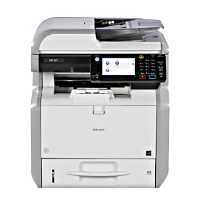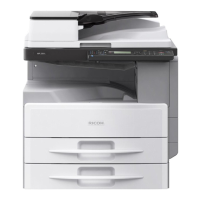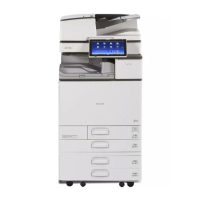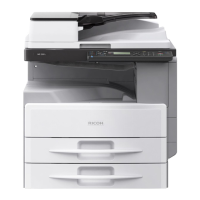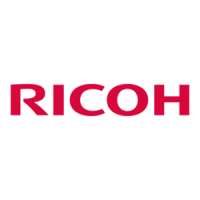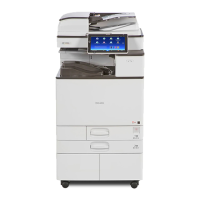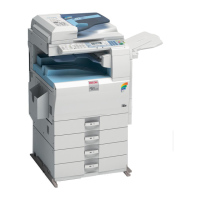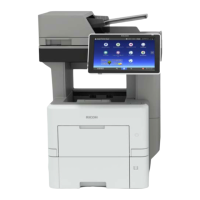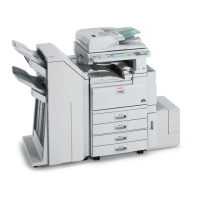What to do if Ricoh MP 401 spf documents and reports do not print out?
- AAnna LewisAug 4, 2025
If documents and reports are not printing from your Ricoh Copier, it may be due to the paper output tray being full. Remove the prints from the tray. Alternatively, there might be no paper left. Load paper into the copier.
